Home > Key Stage One > Music
Ship Sounds
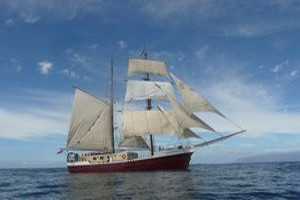
This music scheme of work for Key Stage One gets the children to select, compose and play some of the different sounds using high and low pitches that can be made by ships and boats when at sea and in harbours. The class can describe how to play percussion instruments and xylophones to make sounds with different pitches.
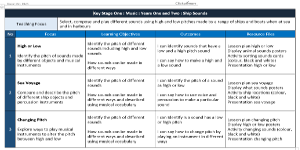
Select, compose and play some of the different sounds using high and low pitches that can be made by ships and boats when at sea and in harbours
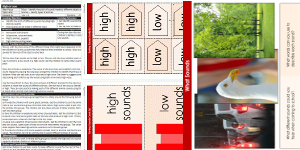
Lesson One : High or Low
Explore how to identify, describe and compare the pitch of sounds that can be produced by different objects and when playing musical instruments
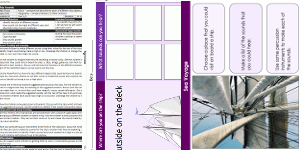
Lesson Two : Sea Voyage
Investigate how to compare and describe the musical pitch of some of the different objects that might be used by the crew on board a sailing ship
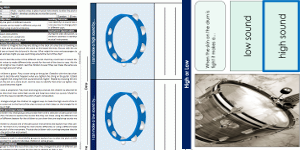
Lesson Three : Changing Pitch
Explore and record some of the different ways of playing musical instruments to alter and change the pitch between high and low sounds
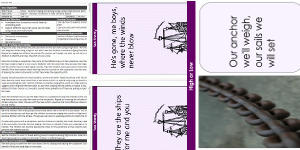
Lesson Four : Sea Shanties
Practise singing and playing some special songs about working on board a ship to complete different jobs and actions using high and low pitches
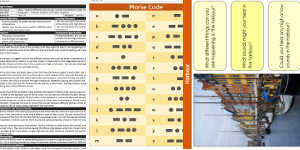
Lesson Five : Ship’s Horn
Explore and record some of the different ways that can be used to play musical instruments to alter the pitch of a sound representing a ship’s horn
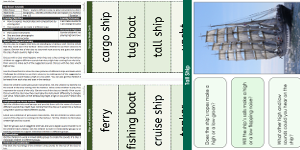
Lesson Six : Harbour Sounds
Explore and illustrate some of the different ways of playing percussion instruments to alter their pitch to show special sounds that might be heard in a harbour location
-

Maths Measurement Assessment
Assess abilities in estimating, measuring and comparing a range of different measurements for length, mass and capacity
-
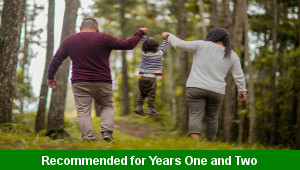
Family Life
Investigate and reflect on some of the special events and experiences that might happen in the life of a family
-

Final Sounds Word Guess
Practise playing some guessing and matching games to identify the spelling and meaning of words with different final sounds
-

Building Reports
Explore how to collect facts and information to work with when composing and presenting non-chronological reports about buildings that can be found in the local area
